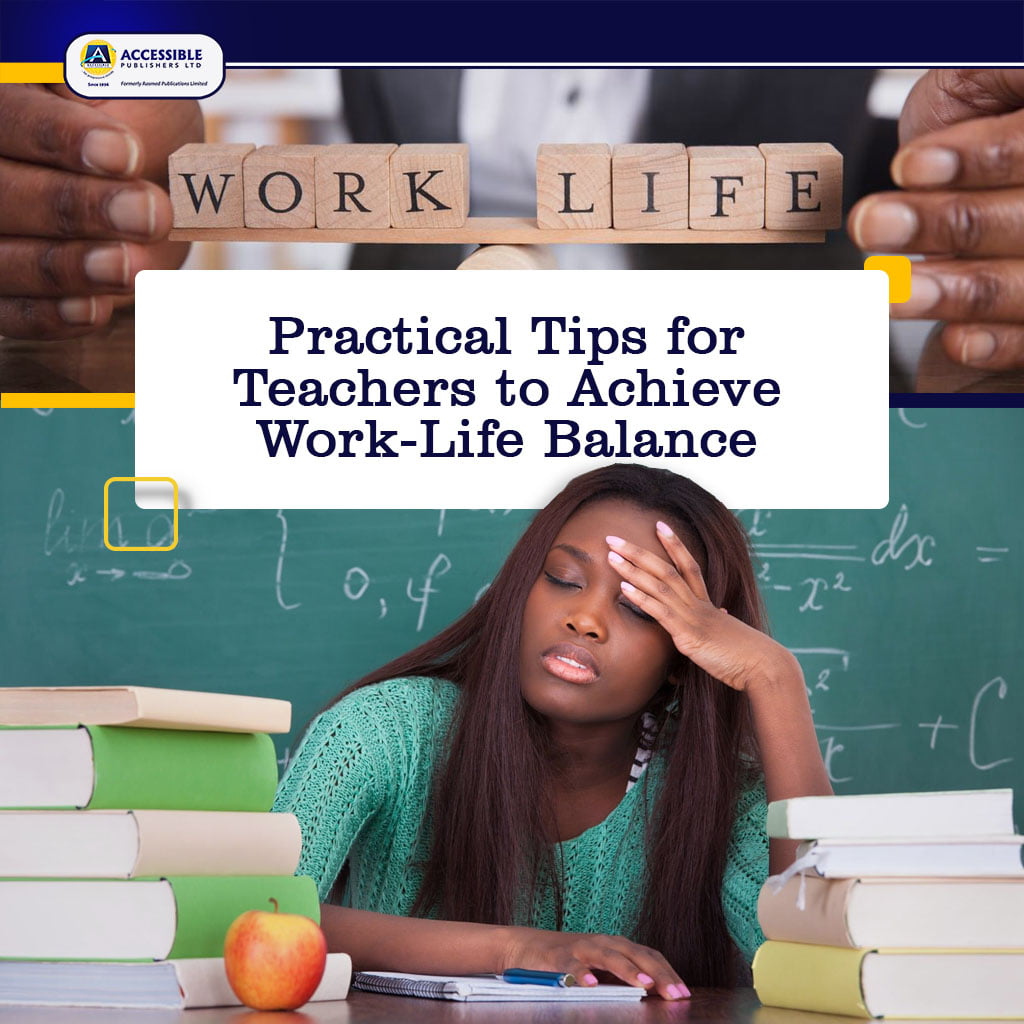Maintaining a healthy work-life balance has been a common challenge for many towing different career paths, and as for teachers, it can feel like an elusive goal.
Teaching is a noble and fulfilling profession, but it is no secret that it can be demanding and all-consuming. Balancing lesson planning, grading papers, meetings, and personal obligations can often leave teachers feeling overwhelmed and exhausted with little room for growth and personal life.
However, it is crucial for educators to find ways to recharge and maintain a healthy work-life balance to sustain their passion for teaching and their own well-being.
The following are major reasons why it is very crucial for teachers to prioritize maintaining a healthy work-life:
- Stress Reduction: Maintaining a work-life balance helps teachers manage stress effectively, preventing it from accumulating and negatively impacting their mental and physical health.
- Increased Job Satisfaction: Achieving a work-life balance leads to greater job satisfaction, as teachers feel more fulfilled, energized, and motivated in both their professional and personal lives.
- Enhanced Creativity: Taking time away from work allows teachers to engage in hobbies, interests, and experiences that foster creativity. This, in turn, benefits their teaching methods, lesson planning, and problem-solving abilities in the classroom.
- Better Classroom Engagement: When teachers have a balanced lifestyle, they bring a higher level of engagement and enthusiasm into the classroom, creating a more dynamic and interactive learning environment for students.
- Enhanced Job Performance: When teachers have time to recharge and engage in activities outside of work, they are more likely to be productive in their work. Taking time for relaxation, hobbies, and personal fulfilment allows them to bring renewed enthusiasm and creativity into the classroom, resulting in improved job performance.
- Reduced Absenteeism: When teachers achieve a healthy work-life balance, they are less likely to experience high levels of stress and burnout, leading to reduced absenteeism and increased consistency in their presence and availability for students.
That being said, we will also explore practical tips that teachers can adopt to enable them to strike a balance between their professional commitments and personal lives.
Below are the Tips:
- Connect with other teachers or educators who understand the demands of the profession.
- Set clear boundaries between work and personal life.
- Make self-care a priority by engaging in activities that promote relaxation.
- Develop effective time management skills by prioritizing tasks, and setting realistic goals.
- Be mindful of taking on too many additional responsibilities or extracurricular activities.
- Acknowledge and celebrate your accomplishments, both big and small.
To sum up, balancing the demands of teaching with personal commitments is not just a luxury, but a necessity. By taking small but significant steps toward self-care, time management, and boundary-setting, teachers can cultivate a sustainable equilibrium that allows them to thrive both professionally and personally.
Let us embrace these strategies, one step at a time, and embark on a journey of personal and professional growth that leads to a thriving teaching career.
Check out our catalogue and explore our world of literature.
Click this link to know more about us here!





